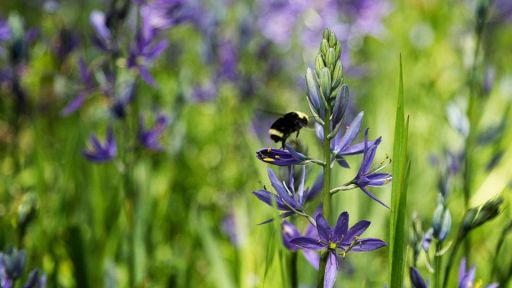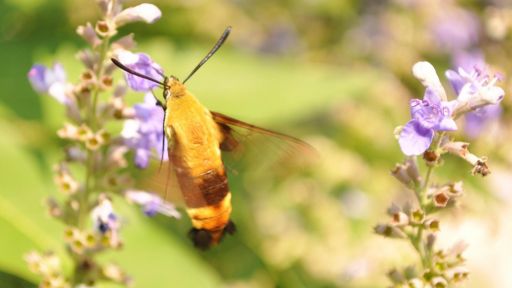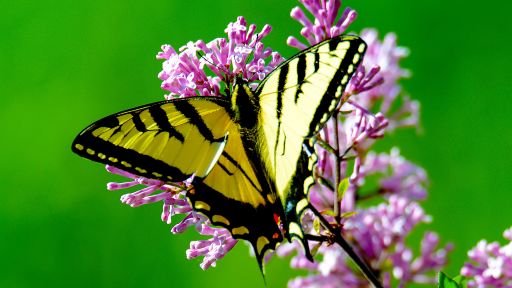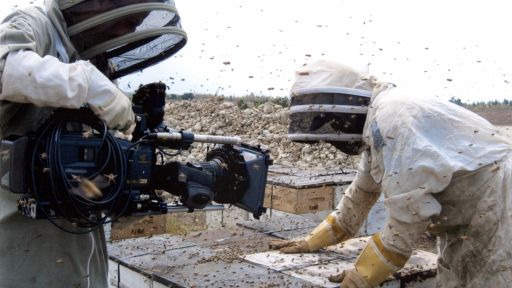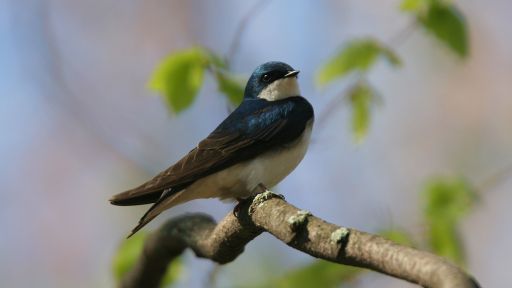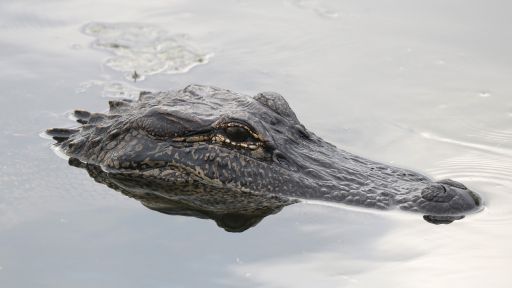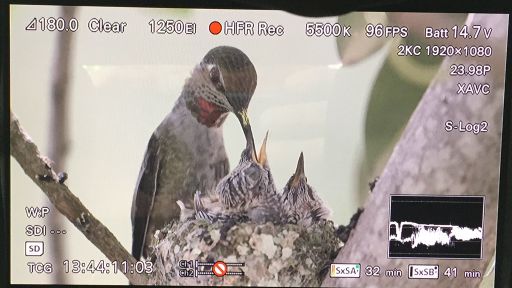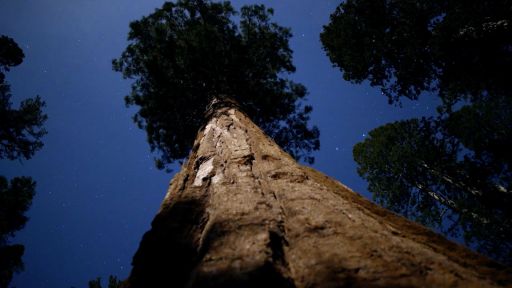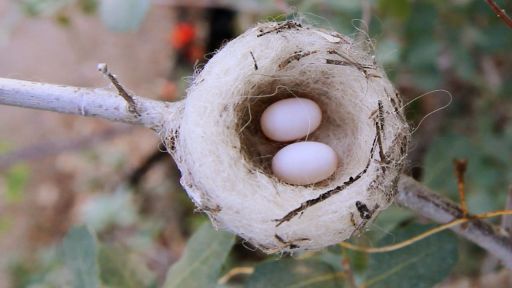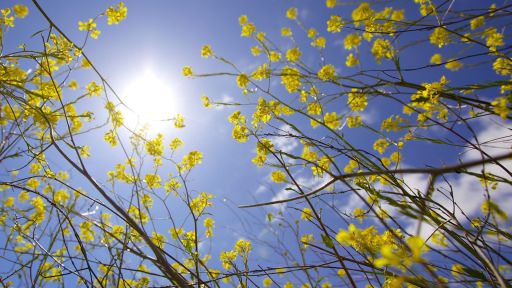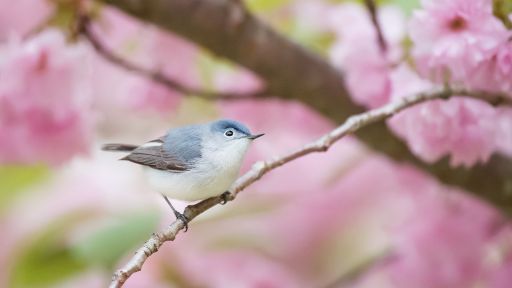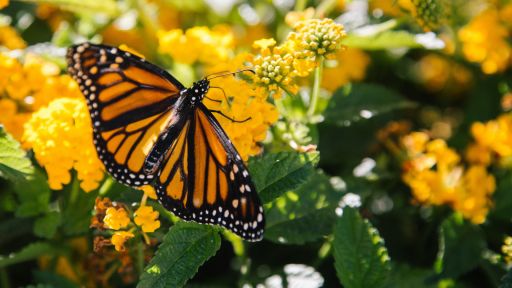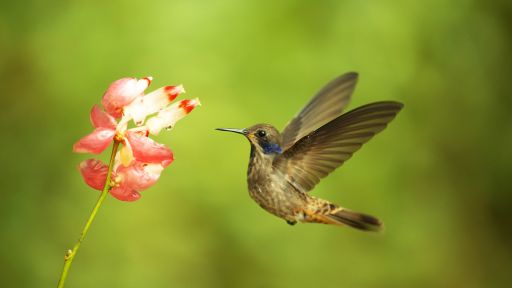Want to attract more monarch butterflies to your garden? Boost their numbers with these milkweed types and tips.
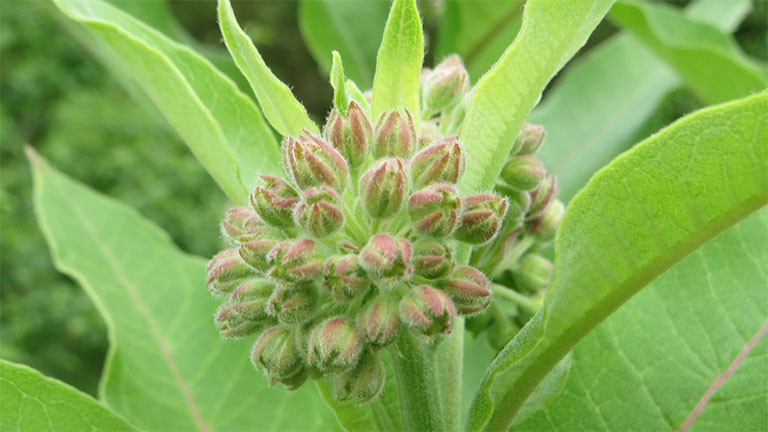
Common Milkweed (Asclepias syriaca) credit: AnRo0002 [CC0]
Although monarchs and milkweed go hand-in-hand, not everyone understands their special connection. Milkweed contains toxins called cardenolides. Monarch butterflies lay their eggs on milkweed, the eggs hatch into caterpillars, and these caterpillars feed exclusively on milkweed. Storing up cardenolides as they go, the caterpillars — and the adult monarchs they will become — remain unaffected, but birds and other predators become ill after ingesting the substance. The monarch’s bright colors further protect it by signaling this toxicity.
Picking Your Poison
Adding milkweed to your landscape is simple enough, but some types serve monarchs in your zip code better than others. Ideally, you should choose some native species and some that can work as perennials in your climate zone. (Check the USDA Plant Hardiness Zone Map as needed.)
Living in the western U.S.? You can enter your state into this Monarch Milkweed Mapper to see which species will perform best for you. Also, the Xerces Society for Invertebrate Conservation includes several region-specific milkweed guides for people in the East, Southeast, and elsewhere.
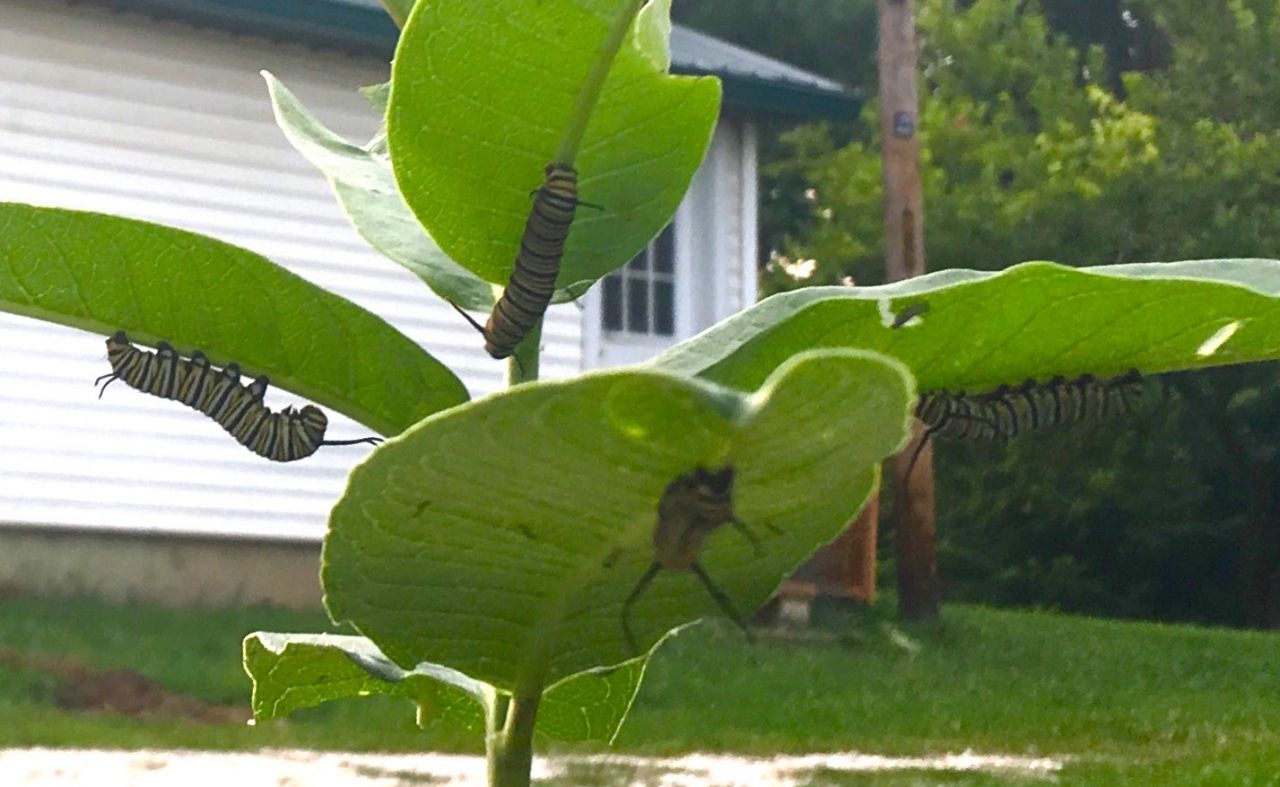
Photo by Susan Brackney
Skip the Tropics
Although tropical milkweed (Asclepias curassavica) is popular and easy to grow, it isn’t ideal — especially if you’re in the south or southwestern U.S. Because tropical milkweed can live year-round in warm climates, monarchs may miss important environmental cues which normally trigger winter migration. Furthermore, without regular pruning, tropical milkweed can harbor and spread disease. Add climate change’s warmer temperatures to the mix, and the case against tropical milkweed becomes even stronger, according to a 2018 study in Ecology.
After growing tropical and swamp milkweed in both ambient and very high temperatures, the researchers suggested, “[Tropical milkweed] represents a potential ecological trap for monarchs.” When grown in the hotter environment, tropical milkweed produced very high cardenolide levels which, along with the high temperatures, negatively affected monarchs.

Photo by Susan Brackney
Common, Showy, and Swamp
Not sure just where to start? Native to much of the eastern and central U.S. and Canada, common milkweed (Asclepias syriaca) features large, leathery leaves and globelike, pinkish blooms. And, with breathtaking starlike flowers, the aptly named showy milkweed (Asclepias speciosa) thrives throughout the central and western U.S. and Canada. For its part, swamp milkweed (Asclepias incarnata) tolerates clay-heavy soils, likes “wet feet,” and ranges widely throughout the U.S. and eastern Canada. Compared to its common and showy counterparts, swamp milkweed’s leaves are narrower and its flower clusters are more delicate and compact.
Once you settle on your milkweed types, you may be able to find them via a local or regional nursery. Try the Xerces Society’s Milkweed Seed Finder to see what’s nearby. Before you buy? Make sure the vendor’s seeds and plants are pesticide-free.



